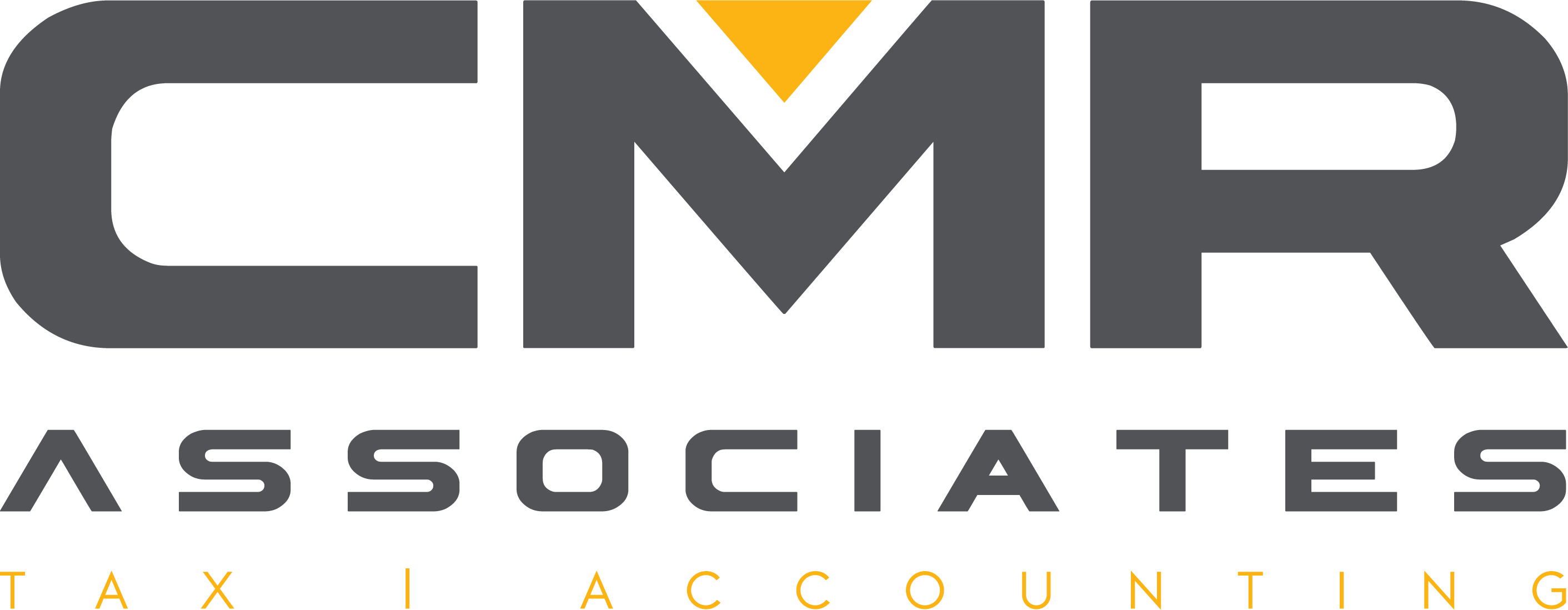
Selling your business? Defer — and possibly reduce — tax with an installment sale
You’ve spent years building your company and now are ready to move on to something else, whether launching a new business, taking advantage of another career opportunity or retiring. Whatever your plans, you want to get the return from your business that you’ve earned from all of the time and money you’ve put into it.
That means not only getting a good price, but also minimizing the tax hit on the proceeds. One option that can help you defer tax and perhaps even reduce it is an installment sale.
Tax benefits
With an installment sale, you don’t receive a lump sum payment when the deal closes. Instead, you receive installment payments over a period of time, spreading the gain over a number of years.
This generally defers tax, because you pay most of the tax liability as you receive the payments. Usually tax deferral is beneficial, but it could be especially beneficial if it would allow you to stay under the thresholds for triggering the 3.8% net investment income tax (NIIT) or the 20% long-term capital gains rate.
For 2018, taxpayers with modified adjusted gross income (MAGI) over $200,000 per year ($250,000 for married filing jointly and $125,000 for married filing separately) will owe NIIT on some or all of their investment income. And the 20% long-term capital gains rate kicks in when 2018 taxable income exceeds $425,800 for singles, $452,400 for heads of households and $479,000 for joint filers (half that for separate filers).
Other benefits
An installment sale also might help you close a deal or get a better price for your business. For instance, an installment sale might appeal to a buyer that lacks sufficient cash to pay the price you’re looking for in a lump sum.
Or a buyer might be concerned about the ongoing success of your business without you at the helm or because of changing market or other economic factors. An installment sale that includes a contingent amount based on the business’s performance might be the solution.
Tax risks
An installment sale isn’t without tax risk for sellers. For example, depreciation recapture must be reported as gain in the year of sale, no matter how much cash you receive. So you could owe tax that year without receiving enough cash proceeds from the sale to pay the tax. If depreciation recapture is an issue, be sure you have cash from another source to pay the tax.
It’s also important to keep in mind that, if tax rates increase, the overall tax could end up being more. With tax rates currently quite low historically, there might be a greater chance that they could rise in the future. Weigh this risk carefully against the potential benefits of an installment sale.
Pluses and minuses
As you can see, installment sales have both pluses and minuses. To determine whether one is right for you and your business — and find out about other tax-smart options — please contact us.
© 2018




